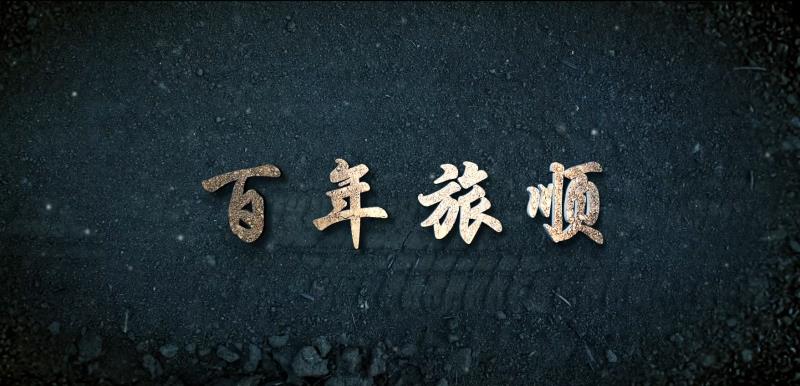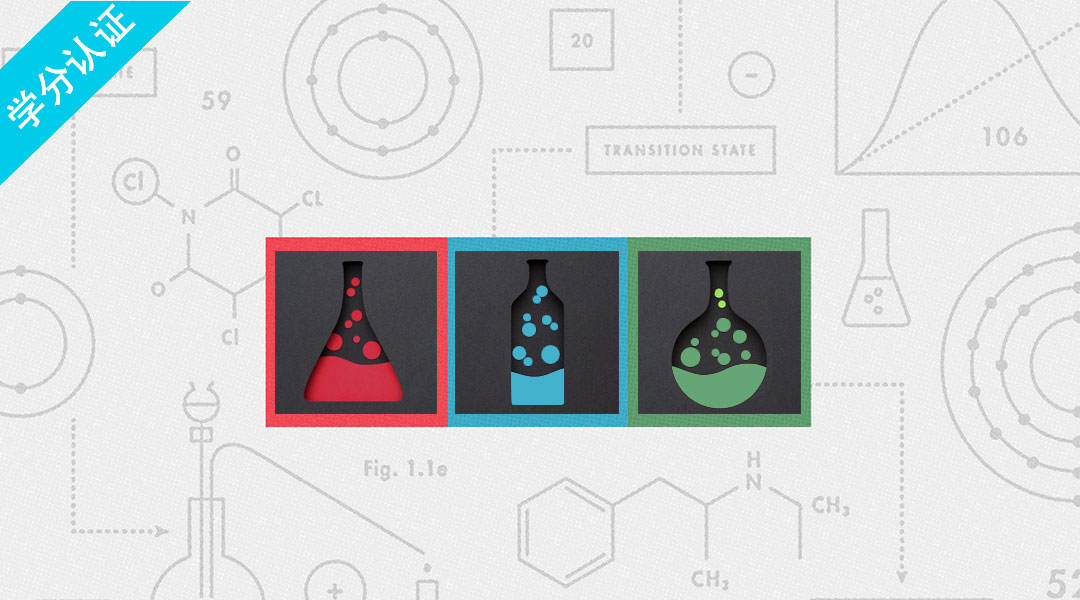
当前课程知识点:Culture and Tourism > Week 6: Affect and Emotion in Heritage Tourism > 6.3 The Conclusion of Heritage Performance > 6.3 The conclusion of heritage performance
返回《Culture and Tourism》慕课在线视频课程列表
返回《Culture and Tourism》慕课在线视频列表
因此 我想让大家看最后一个例来结束演讲
这个例子中我想强调
游客对遗产地的反应是不是既平庸又非常复杂的
在那四五千次的采访中
我们得到了很多非常平庸 相接近 同样有点复杂的回答
但我同时要说明的是 你可以在一次访谈中获得冲突的观点
这也是我想用这个例子强调关于选择的问题
即参观者也在做出的选择
他们选择要去参观的地方
选择自己的行为方式 以及到达目的地后的感受等
人们在积极地选择
因此 这个游客正在参观蒙彼利埃的房子
那是我之前向您展示的遗址
詹姆斯·麦迪逊帮助撰写了美国宪法
是美国非常重要的国父级人物 也是奴隶主
我在和一位中年白人妇女谈话
她来自美国南部地区
即美国内战中奴隶所在地区
和其他许多人一样 她谈到了旅游 把旅游团带到这里
把旅游团带到遗址 她说 她感到很谦卑
完全敬畏麦迪逊的正确思想
以及他如何把所有的东西都编成文字
将人民(的权利)一起加入宪法
多莉 那是麦迪逊的妻子 她非常害羞
因为他们为彼此带来了很多东西
所以有如此融洽的婚姻 如此美好的婚姻
真是太奇妙了 值得一看
我问这个遗址对您意味着什么
这是我的生活 作为一个美国人
我说 在这里你需要知道是谁
因为这份文件 就是她提到的宪法 确立了我们作为美国人的身份
因此 我们每天必须在此基础上继续前进
因此 这对于美国的国家认同非常重要
她还谈到了 她和这两个小组的其他成员
坐在麦迪逊研究宪法的房间里的有效反应
她向我介绍了他的妻子多莉
以及她为多莉感到骄傲的原因
因为显然当白宫在1812年被英国人烧毁时
多莉冒险救下了的乔治·华盛顿的肖像
乔治·华盛顿是第一位她谈论的英雄总统
所以她为麦迪逊和他的妻子感到骄傲
尽管如此 她还是抽出时间参观了种植园火车站
这是种植园的一个铁路工地
他们在那里运来货物 把货物从种植园运走
当然也包括奴隶
您会注意到这里
这是他们所谓的吉姆·克劳时代(Jim Crow Era)
即种族隔离的时代
这是白人的婚房 还有其他肤色人的婚房
我称之为有色人
因此 她说 她花了点时间在谈话中 这不是旅程的一部分
你看 她离开旅游团去参观了种植园火车站
她告诉我她是故意扮成白人的
她故意穿过那扇彩色的门
这样她既能回忆起 也能悲痛地体验
她童年时期在南美洲的黑人同学的经历
她流下了她的眼泪
告诉我走过那扇门的经历是多么的强烈而有效
她用这种情绪化的反应来反思她家庭中的种族歧视
这种种族歧视阻止她把朋友从学校带回家
放学后她不准和朋友一起玩 因为母亲说
你不能和黑人一起玩
她想起了这些限制
在南部世界 白人的限制是什么
这种限制对她的友谊有什么影响
这是一个令人动人的时刻
此刻她找到了自己想要的东西
这再次表明了她质疑自己的种族主义的决心
她所说的是通过那个门
我是南方人(叹气)
为了维护国家的权利 我们背叛了自己的国家
奴隶制是我家族遗产的一大部分 看到它被废除是一种巨大的快乐
但要了解它是如何展开的 你在其他任何一次旅行中几乎都看不到
她说 这显示了奴隶制发展的程度
还有火车站下面的吉姆·克劳博物馆(叹气) 我穿过那扇彩色的门
我走了过来
我高中时最亲爱的朋友是一个黑人女孩 我妈妈不让她来我家(哭泣)
她哭了起来
她真的开始哭了 这时 她在我的肩膀上哭
她停下来 她说的不清楚 因为她压在我的肩膀上了
你会为了摆脱人们的这些感觉而死去
我有我的家人
他们中的一些人仍然不会与黑人接触
内战还没有结束
我是母亲一方的第三代人
相信我 我们从小就知道我们是不同的(这与黑人不同)
我就是这样战斗的 来这里帮你做到这一点
因此 来到这个遗址有助于解决问题
继续为打击种族主义而与社会和她的家庭抗争
这次访谈 这位游客与这个遗址进行了深刻互动
她从投入到美国国家的规范性叙述
转变成了对数百万人的种族主义的自省
所以 这个例子再次强调了什么
我想和你讲的是人们要行使的选择权
正如我所说
他们选择参观一些遗址而不是其他遗址
把这放一边 人们做出选择去感受从来没有感受到的
感觉是可以调动你的情绪的
进而影响我们参与社会争论和文化活动的结果
如果我们觉得我们从这些地方得到了真实的感觉和悲伤的情绪
他们允许认证或合法化叙述和记忆 以及在遗址进行的纪念活动
它验证并合法化了我们从中获取的社会意义 政治和社会价值的意义
因此 理解个人的作用
理解游客的作用
以及人们在作为游客在遗产进行互动时所做的情感选择
我认为 理解过去在当下赋予意义的方式是至关重要的
这些方式激发了这种特殊的历史意识的意义和方式
或者要求被认可 或者延续这种认可
并且这种方式总体上激发和合法化了对自我
公民身份和归属的确认
谢谢你
-1.1 Introduction course outline and UNESCO World Heritage Program
--1.1.1 Introduction of culture and tourism course outline
--1.1.2 Introduction of UNESCO World Heritage Program(1)
--1.1.3 Introduction of UNESCO World Heritage Program(2)
-1.2 Cultural Heritage-1
--1.2.1 The meaning of culture heritage
--1.2.2 Criterion(i): masterpiece of human creative genius
--1.2.3 Criterion(ii): exhibit important interchange of human value
--1.2.4 Criterion(iii): bear a unique or at least exceptional testimony
--How can the public understand the importance of heritage?
-1.3 Cultural Heritage-2
--1.3.1 Criterion(iv): an outstanding example in human history
--1.3.2 Criterion(v): represent a culture or human interaction with environment
--1.3.3 Criterion(vi): associated with living traditions of outstanding universal significance
-1.4 Natural Heritage
--1.4.1 Natural heritage features, formations and criterions
--1.4.2 Cases studies of natural heritage
--Cultural landscape meanings: The case of West Lake, Hangzhou, China
--How to access heritage of your hometown?
-2.1 Mixed Culture and Natural Heritage
--2.1.1 Mixed heritage operational guidelines and cases (1)
--2.1.2 Mixed heritage operational guidelines and cases (2)
--2.1.3 Mixed heritage operational guidelines and cases(3)
-2.2 Authenticity, Integrity and Cultural Routes
--2.2.1 How to determine authenticity and integrity
--2.2.2 Heritage routes and heritage canals (1)
--2.2.3 Heritage routes and heritage canals (2)
--What do you think about cultural heritage categories?
-2.3 Special Heritage and Sustainable
--2.3.1 Physical remains of the history of technology and industry
--2.3.2 Transboundary Heritage, Serial Heritage, Serial/Transnational Heritage
--2.3.3 Intangible cultural heritage
--2.3.4 UNESCO World Heritage and Sustainable Tourism Programme
--Recovering the Memory of Ourselves for the Sustainable Cites
--Week 2 quiz
--What do you think about cultural heritage categories?
-3.1 The Australia’s Heritage System and Sydney Opera House
--3.1.1 The Australian Heritage System
--3.1.2 Case Study: The Sydney Opera House
-3.2 Role of the ISCCL and Cultural Landscape (1)
--3.2.2 Uluru-Kata Tjuta National Park
--3.2.3 Honghe Hani Rice Terraces
-3.3 Role of the ISCCL and Cultural Landscape (2)
--3.3.1 West Lake cultural landscape (1)
--3.3.2 West Lake cultural landscape (2)
-3.4 Rural Landscapes as Heritage
--3.4.1 ISCCL Principles Concerning Rural Landscapes as Heritage
-3.5 Case Study: Mongolian Altai
--3.5.1 Nature Culture Integration & the Mongolian Altai(1)
--3.5.2 Nature Culture Integration & the Mongolian Altai(2)
--Week 3 quiz
--Discussion: What do you think is the role of ISCCL?
-4.1 Introduction of the Meaning of 'landscape’
--4.1.1 Brief introduction of landscape and culture
--4.1.2 The conceptual framework of cultural landscape
-4.2 Landscape Values
--4.2.1 The word “landscape” itself and differences in Western, Eastern
--4.2.2 Cultural significance for heritage source
--Discussion: What do you think the cultural landscape attracts you?
-4.3 Reading the Landscape: Identification and Assessment
--4.3.1 Planning model for heritage conservation management policy
--4.3.2 Cultural landscape resources evaluation steps
--Article: Cultural mapping: Intangible values and engaging with communities with some reference to As
-4.4 Case Study: Wingecarribee Historic Landscape
--4.4.1 Case study:Wingecarribee historic landscape study(1)
--4.4.2 Case study:Wingecarribee historic landscape study(2)
--Week 4 quiz
--Discussion: What should we do to strengthen the protection of cultural landscape?
-5.1 Indigenous Tourism
--5.1.1 Indigenous tourism background
--5.1.2 World heritage and indigenous peoples
--5.1.3 Tourism issues at Canadian indigenous world heritage sites
--Discussion: What challenges indigenous World Heritage faces?
--Article: State conceptions of indigenous tourism in Chile
-5.2 Case Study and Conclusion: Great Expectations for Tourism
--5.2.1 Case study Pimachiowin Aki
--5.2.2 Conclusions:Great Expectations for Tourism
--Disussion: Do you have any experience of indigenous tourism?
--Week 5 quiz
-6.1 The Definition of Heritage in Heritage Performance Study
--6.1.1 The definition of heritage in heritage performance study
--6.1.2 Heritage performance and meaning making
--6.1.3 Two key issues emerging from qualitative study
-6.2 Heritage Performance - Evidence from Australia, England and USA
--6.2.1 Heritage performance - reinforcement
--6.2.2 Heritage Performance - inter-generational communication and social values
--6.2.3 Heritage performance - recognition and respect
--6.2.4 Heritage performance - education
--Article:Theorizing museum and heritage visiting
-6.3 The Conclusion of Heritage Performance
--6.3 The conclusion of heritage performance
--Week 6 quiz
--Discussion: What kinds of heritage performances have you learned in this week?

